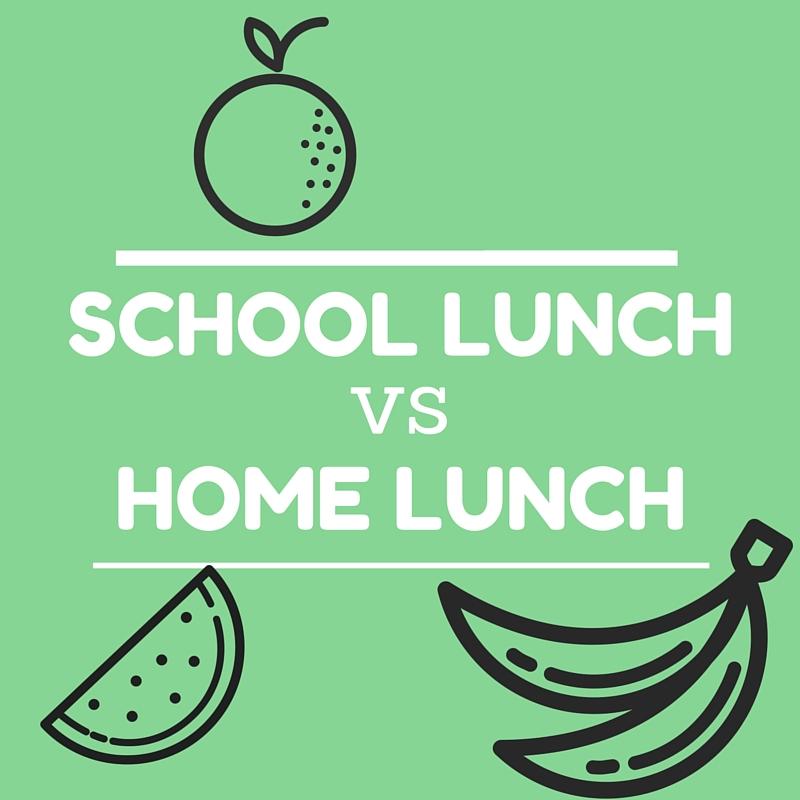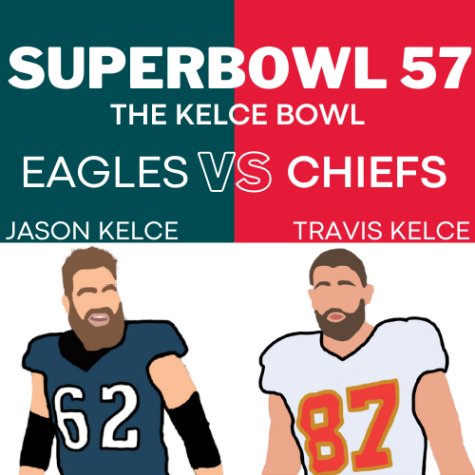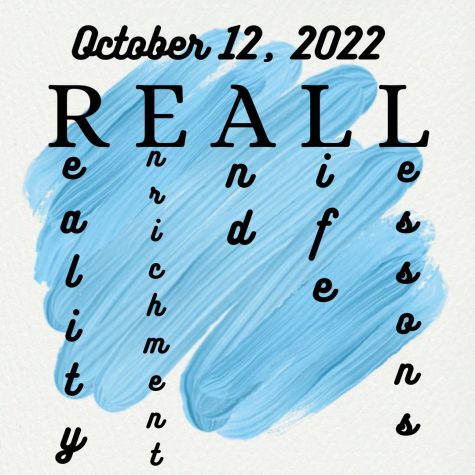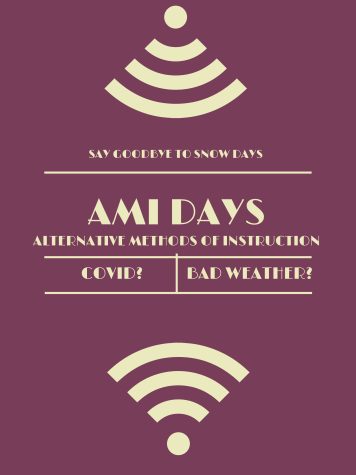School Lunch vs. home lunch
March 11, 2016
Every day, 30 million students wait in extremely long lines to receive food provided by their school. Students tend to have varying opinions about the meals, due to the fact that different people have a variety of tastes, and different schools provide different kinds of food.
According to a study done by Journal of Nutrition Education and Behavior, meals brought from home are much more likely to be higher in calories, fat, and sugar. The study also shows that the same lunches often lack the vital amounts of protein, calcium, and fiber. Because of studies like this one, it is safe to assume that the school lunch is healthier.
It is warm, and it usually tastes pretty okay. The reason that students do not eat the provided lunches is because they receive very small amounts of food and sometimes it just tastes really bad. The Healthy Hunger-Free Kids Act of 2010 is a direct cause of the small portion sizes. Schools had to provide food with less sugar and less calories. Instead of making healthier meals, portion sizes were cut. A senior in high school will receive the same amount of food as a kindergartener. An 18 year-old, varsity athlete can not survive on four chicken nuggets and a breadstick. The student would burn more calories than they could consume. Instead of generalizing the population, schools should let students pick a portion size that is correct for them.
The reason these regulations were created because of an increase of child obesity. If a child is obese or becoming obese, one meal a day is not going to change anything. The child is obviously eating a large amount of unhealthy food outside of school. They could also be bringing the unhealthy food to school. If meals provided by a school taste foul, no students will eat it, regardless of nutritional value. Cutting calories is okay when it is needed, but it is not needed inside schools.














